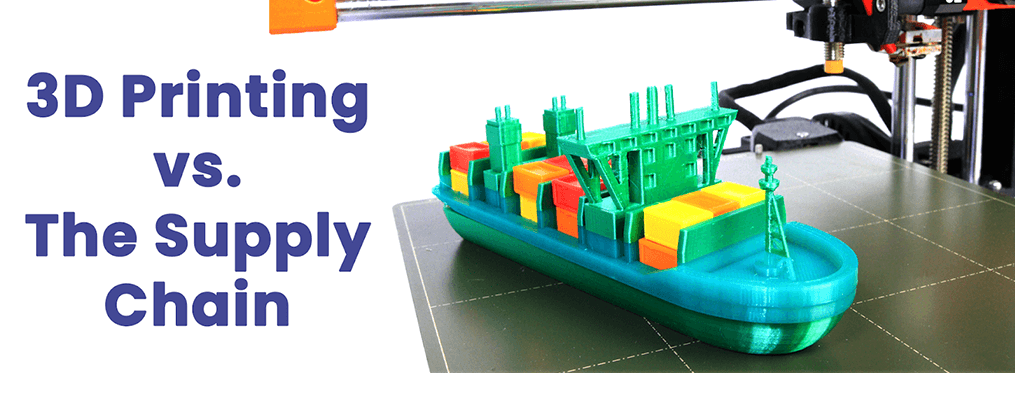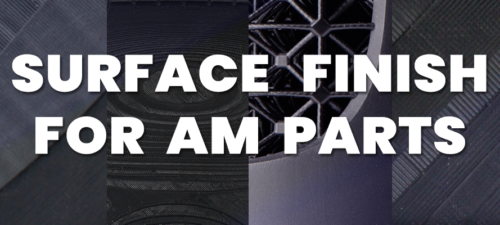Overcoming Supply Chain Issues through 3D Printing
Al2025-02-27T14:16:19+00:00The last three years have made it abundantly clear that the supply chain issues companies are facing today are not going away any time soon. Companies that have leveraged new processes and technologies to overcome these obstacles are thriving today. One of the chief tools in this effort is 3D printing – below, we list a few ways SabeRex has enabled clients to keep their production schedules intact in the face of global logistics issues.
Parts Manufacturing
The first way additive manufacturing has eased supply chain woes may be the most obvious – printing unavailable components. Given the wide variety of resins, filaments, and finishes, companies have the ability to recreate nearly any part that they are having trouble sourcing.
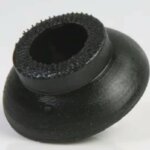
This exact situation came to fruition through our sister company, iRex, where the assembly of a complex cable harness was being delayed due to one grommet not being available. In less than 24 hours, SabeRex had tested multiple grommet designs and resins to print a suitable replacement and the project was kept on track. In fact, the 3D printed part ended up being superior to the original and is now being requested in bulk from the client.
Recreating Molds
While the volumes that 3D printers can now achieve is impressive and continues to grow, larger or high-volume parts may still require a mold. Increasingly, firms are finding that using offshore manufacturers to create new molds or access existing molds can be difficult and time-consuming. This difficulty has led to a rise in 3D printing as a way to create new molds quickly and with greater accessibility since they can be made stateside.
Part Retooling
As custom products and components become harder to order and ship, companies have turned to adapting more easily sourced “off-the-shelf” products to suit their needs. Often this solution works well for enclosures that can be easily modified to meet various form factors.
In a recent case study, SabeRex’s sister companies modified a CNC router to then customize existing enclosures for a new product. In addition to newly cut outlets by the CNC router, 3D printed spacers allow for many different configurations for the internal components.

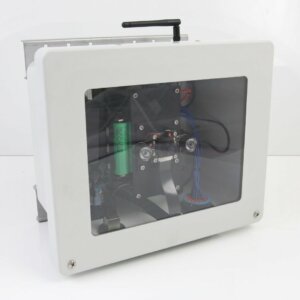
Onshoring Assembly through Jigs and Fixtures
While labor costs may have driven production overseas, the costs now being incurred due to delays and increased shipping costs have many looking at onshoring or nearshoring assembly efforts. Since labor costs will be higher in these markets, there’s an increased pressure to work smarter to keep these costs as low as possible.
SabeRex has plenty of experience in this space, with 3D printed jigs and fixtures greatly increasing efficiency and allowing for labor that is fast and competitive with overseas methods.
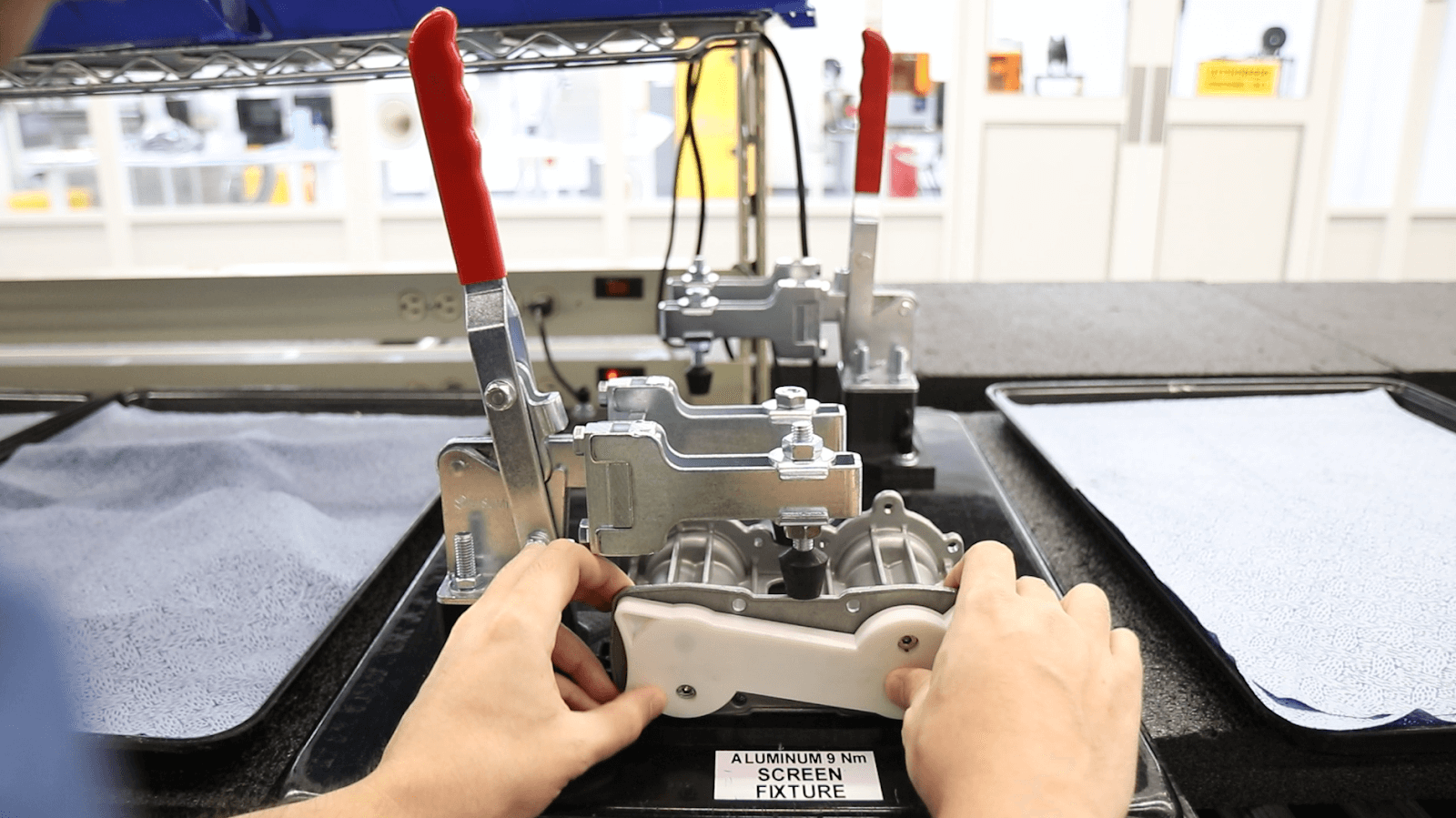
Conclusion
While the challenges the global supply chain faces are daunting, additive manufacturing represents an indispensable tool in easing some of these roadblocks. Yet it is still only a tool – it works best when paired with other competencies such as logistics, design, and procurement. To learn more about how SabeRex integrates these areas of expertise, schedule a meeting today.

